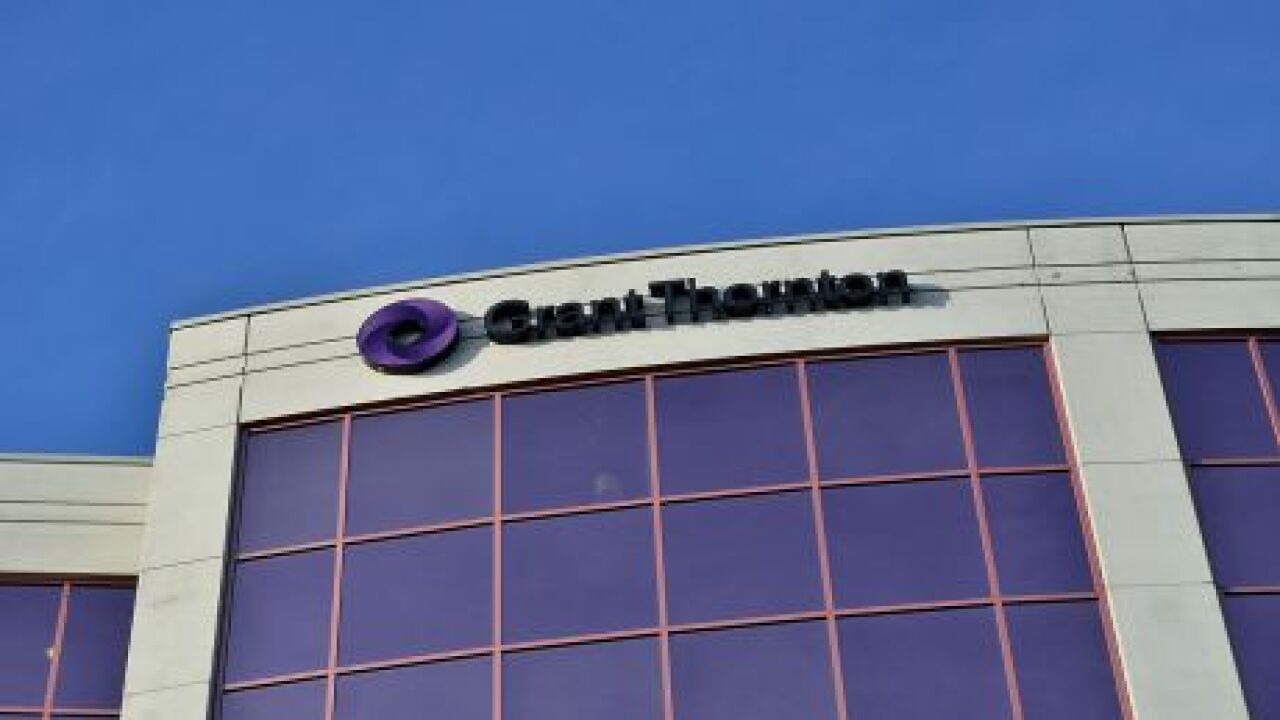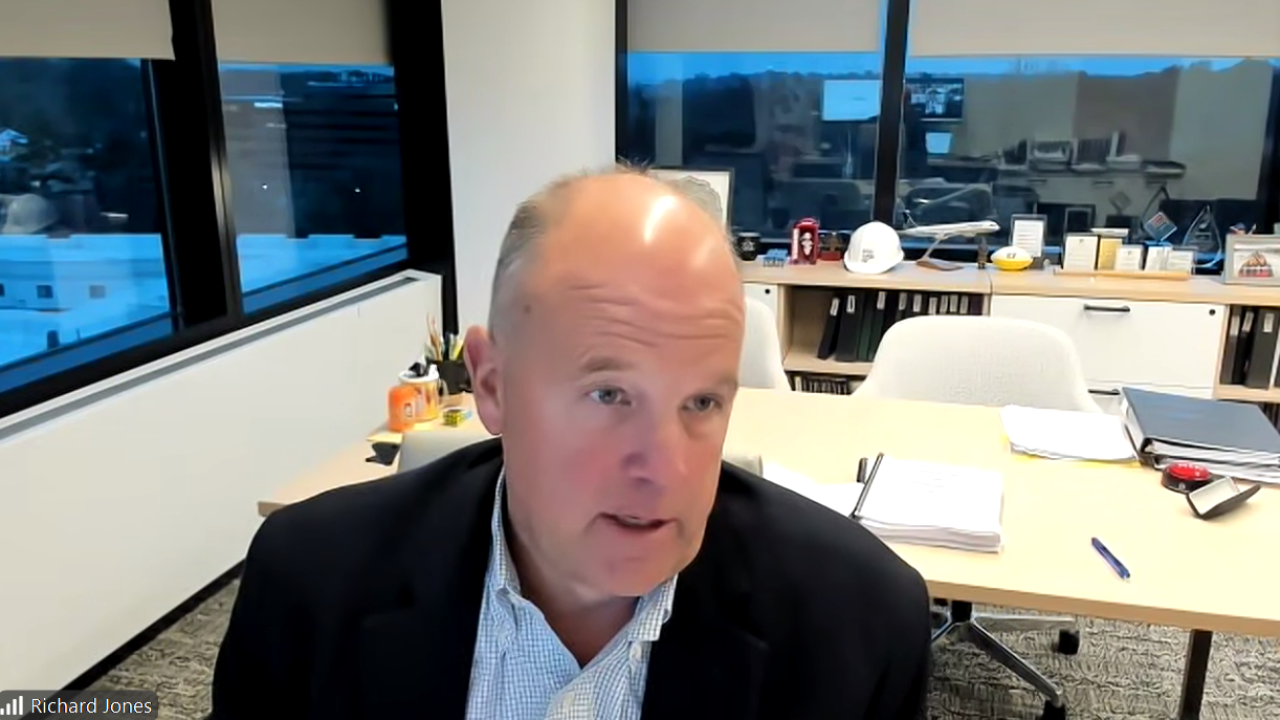Private sector employers added 324,000 jobs in July as annual pay grew 6.2% year over year, according to payroll processor ADP, which separately added generative artificial intelligence features to its software this week.
ADP
The service-providing sector added 303,000 jobs, including 5,000 in professional and business services like accounting and tax preparation, and 201,000 in leisure and hospitality. However, the financial activities sector, which includes banking, lost 5,000 jobs for the month. The goods-producing sector gained 21,000 jobs in July, including 48,000 in natural resources and mining and 9,000 in construction, offset by a loss of 36,000 jobs in manufacturing.
"We're not seeing the same labor market strength that we saw in earlier parts of the recovery," said Nela Richardson, chief economist at ADP, during a conference call Wednesday with reporters. "This is not a broad-based hiring. What we're seeing is strengthened pockets. We're even seeing something different in the composition of hires this month versus last month. Last month, we had another big number, bigger than the one this month, revised to 455,000 jobs created. But what stood out to us last month was the dominance of consumer-facing industries. They really carried the water of all that hiring we saw for June, which is traditionally a strong hiring month. Now we're seeing a bit lower hiring."

Job stayers experienced a year-over-year pay increase of 6.2%, but that was the slowest pace of gains since November 2021. For job changers, pay growth slowed to 10.2%. In the professional and business services sector, the median change in annual pay for job stayers was 6.0%.
ADP has seen pay growth decline from a high of 16% in the spring of 2022, and pay growth is decreasing for new hires as well.
"What we're seeing is that their pay growth compared to cohorts in previous years is declining," said Richardson. "In some industries like information, it's outright declines in pay, but for all sectors, it's very tepid growth from last year. Across the board, when we look at pay, we're seeing a slower growth rate now than before."
However, she cautioned that the 6.2% rate of pay growth is still approximately double what ADP reported prior to the pandemic.
"That number used to be around 3%," said Richardson. "Yes, it's progress in terms of growth when you're looking at it from the lens of inflation, but it's not nearly as slow growth as we were seeing as was normal and customary before the pandemic. For the Fed, there's a lot of messages here: a solid labor market, though highly fragmented, and pay growth that is coming down, but not back to historical [levels]."
Generative AI payroll
Separately, ADP said Tuesday that its mobile app,
They can ask questions such as, "Can you help me with a job description for a truck driver that we are hiring?"; "How should I conduct a new hire interview? What are some key questions I should ask?"; "When should payroll taxes be filed in the U.S.?" and "What are the advantages of contributing to a 401(k) plan compared to other investments?"
The software issues reminders about important HR tasks and deadlines, "remembering" prior interactions and learning over time. The system understands both English and Spanish. It is available in the U.S. now, and will be offered in Europe this fall.





